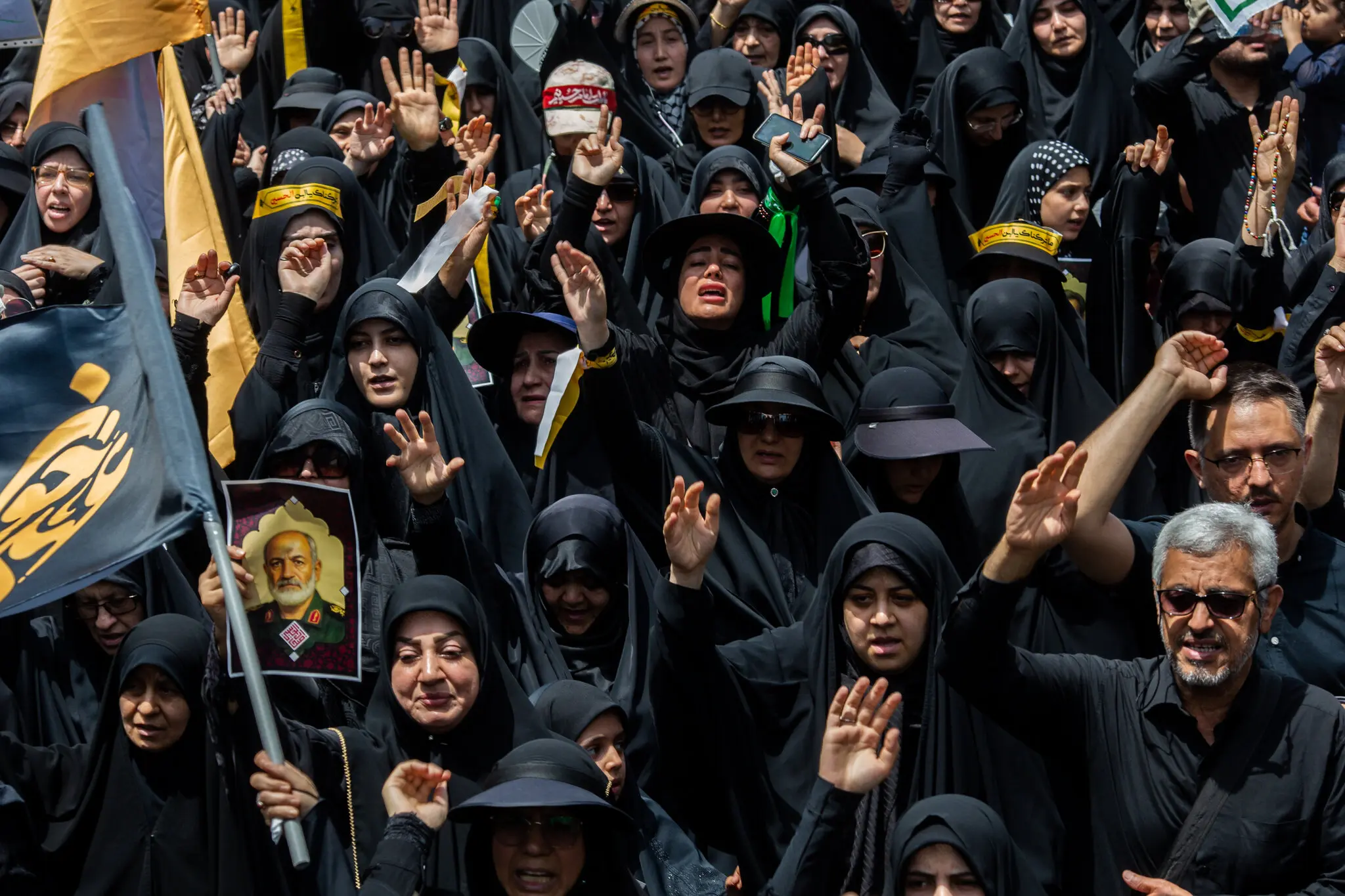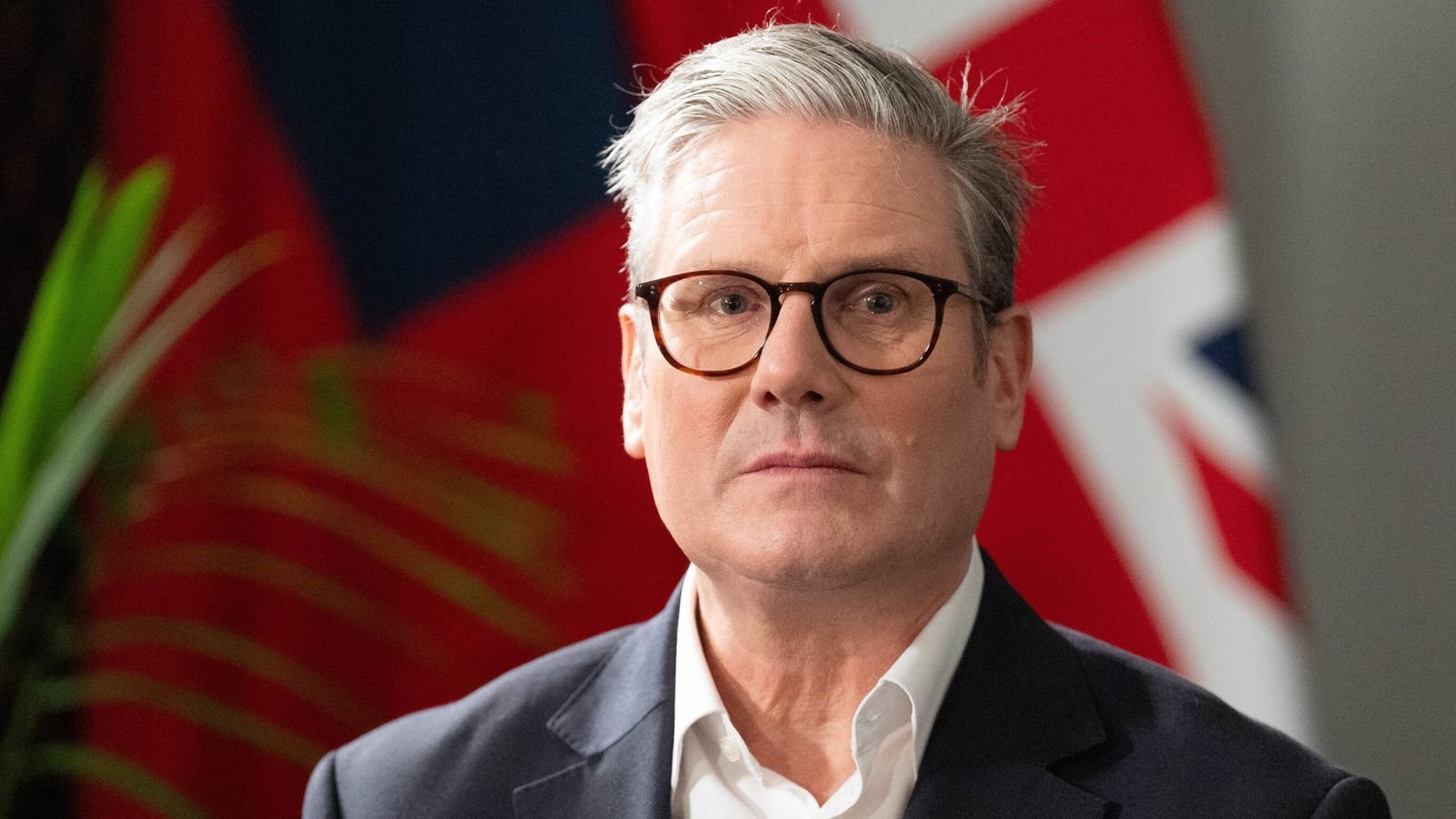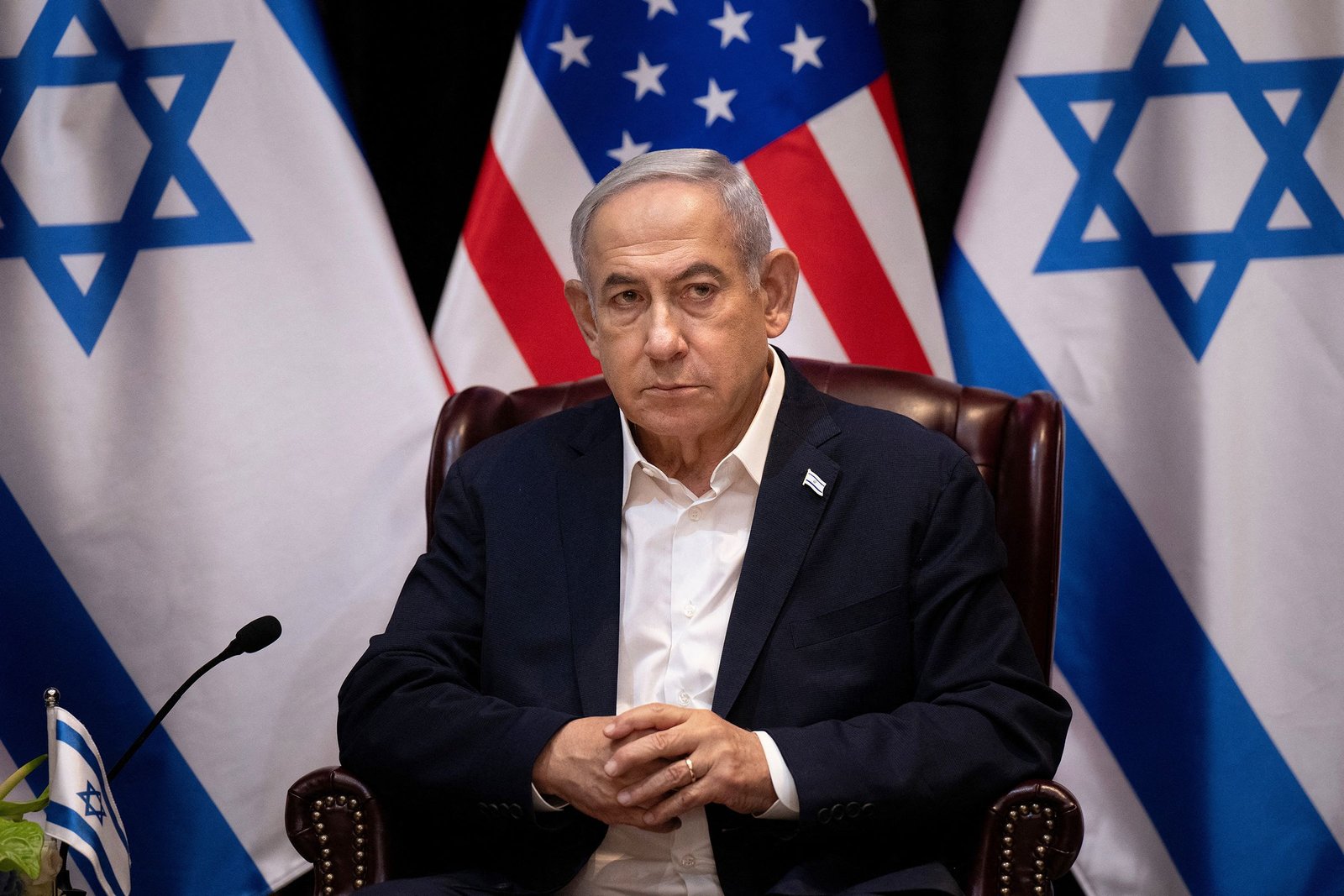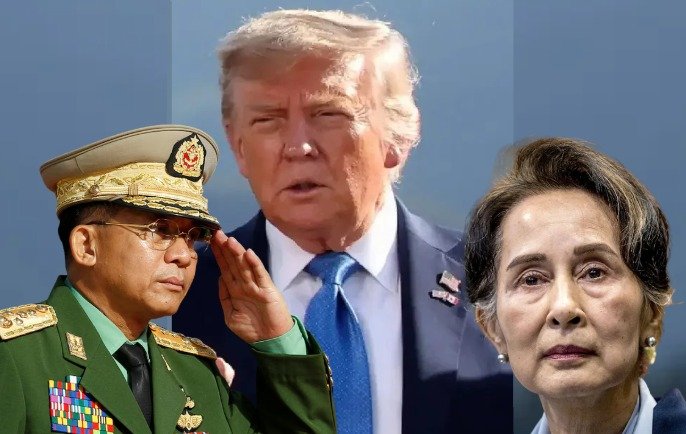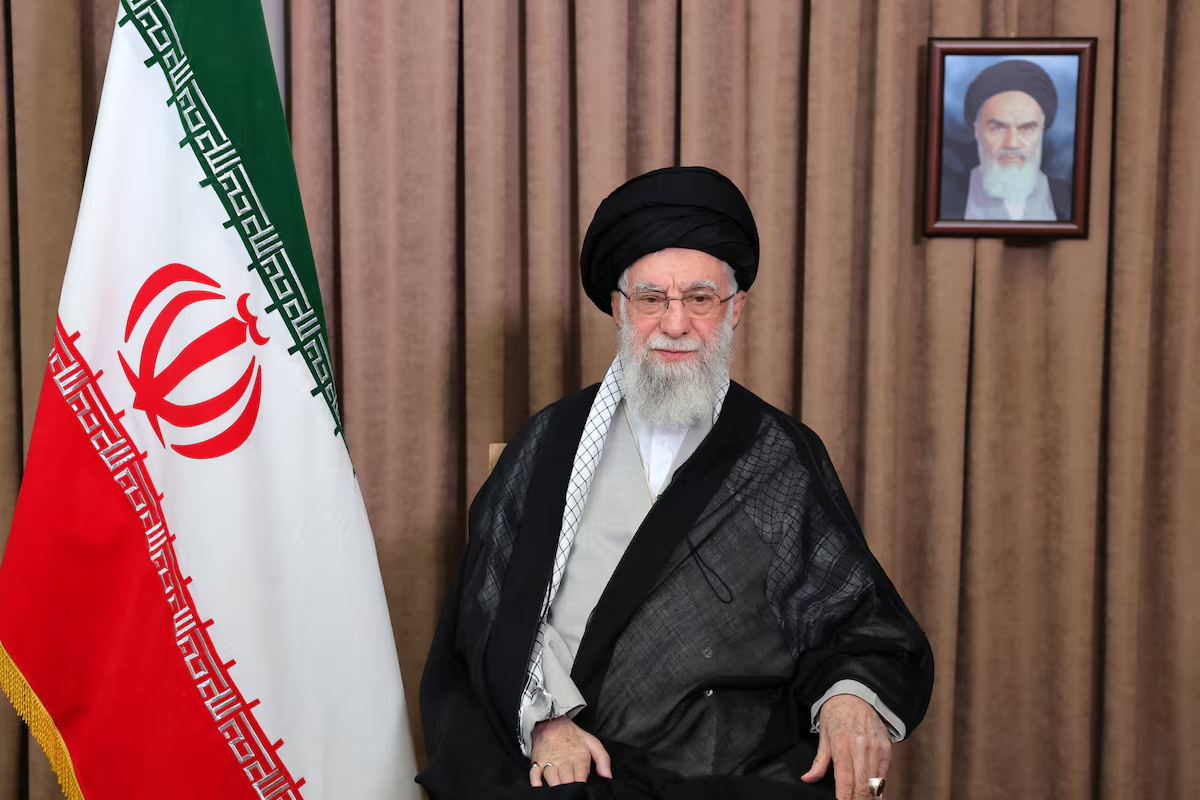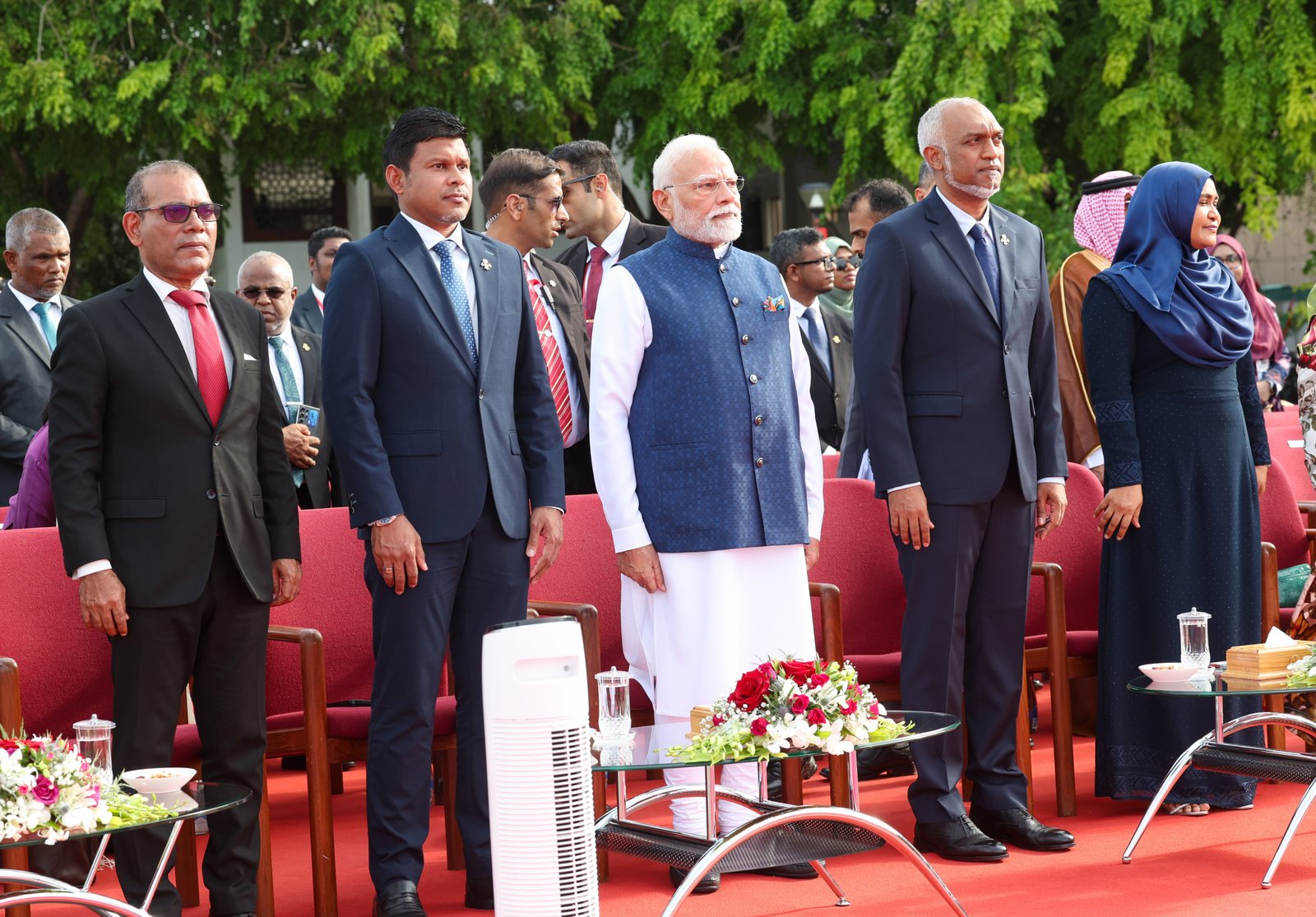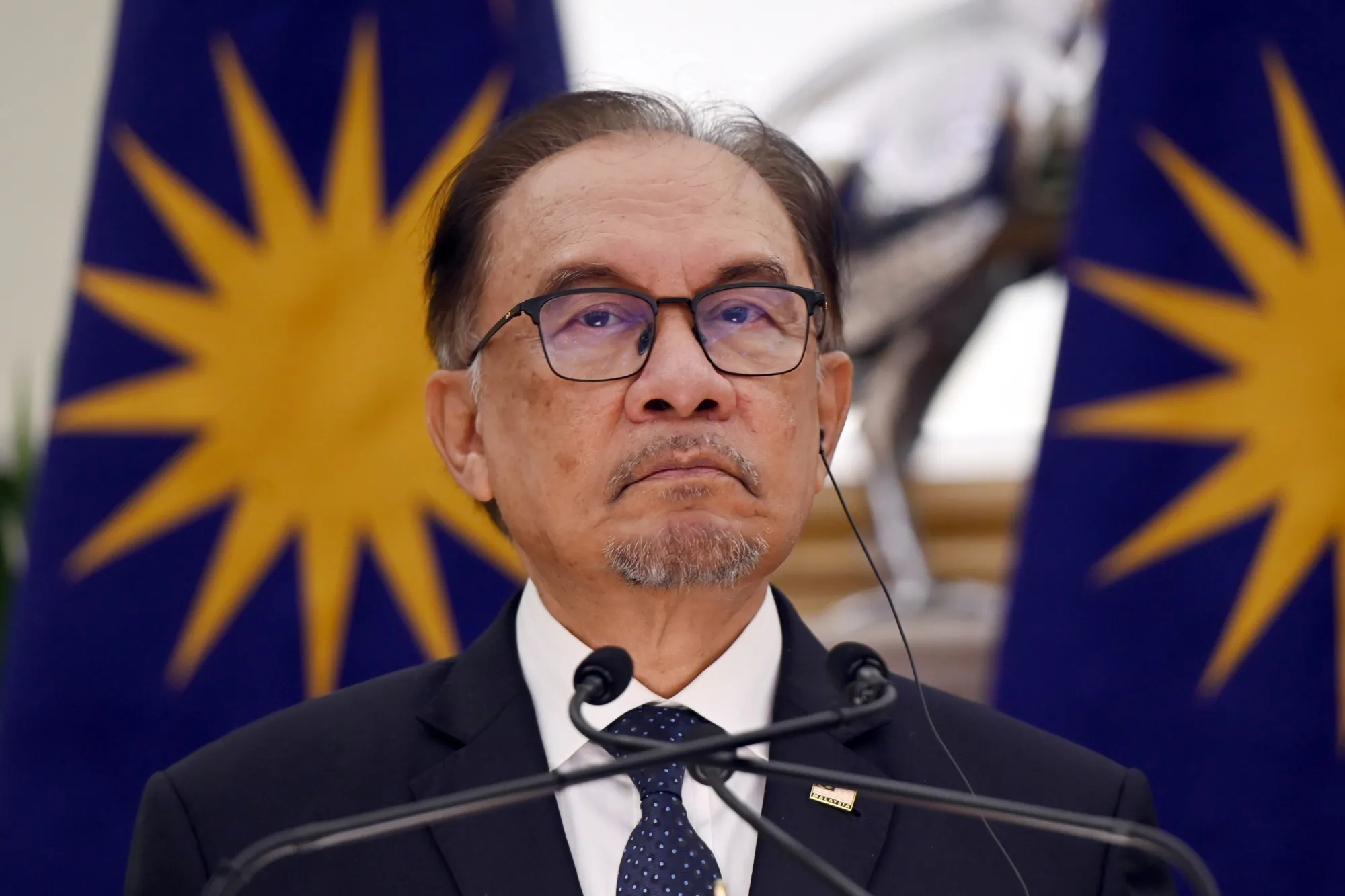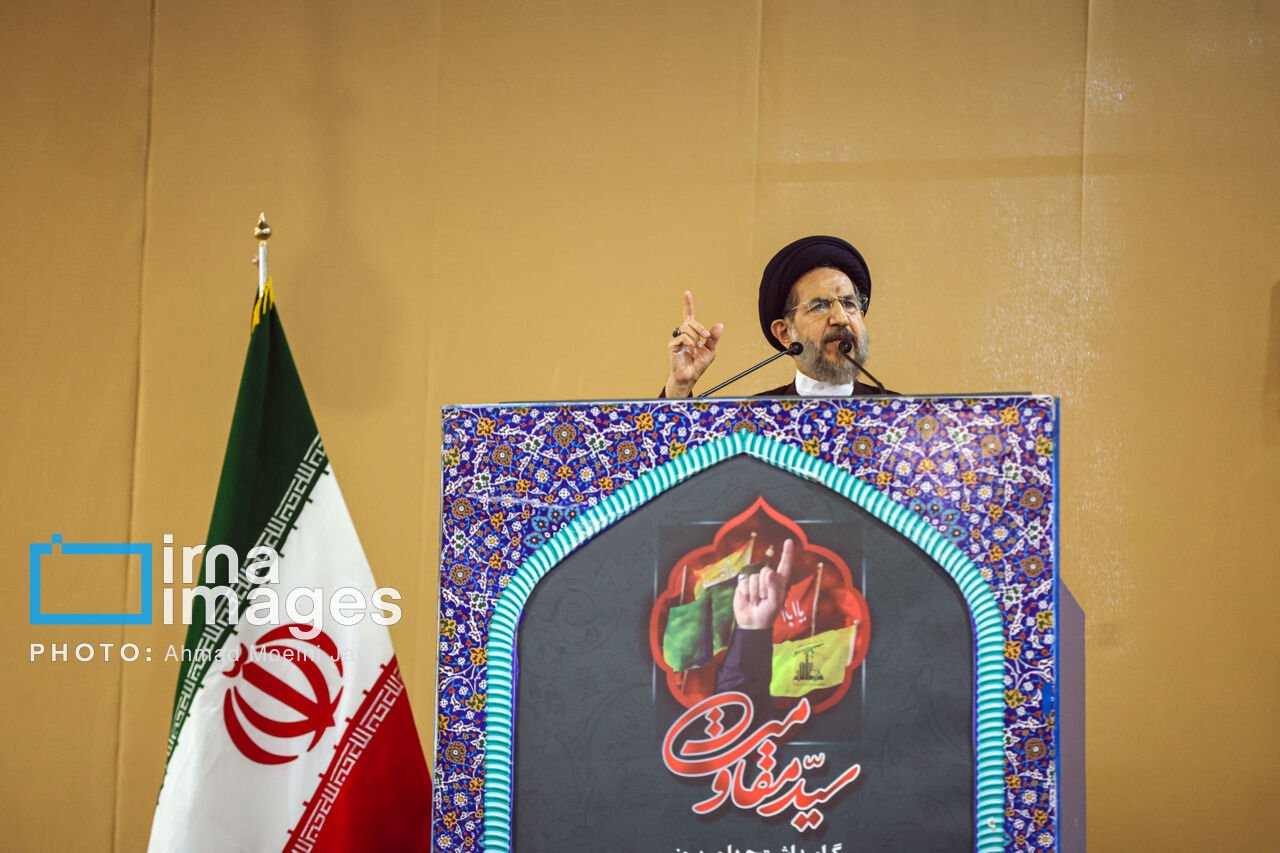Islamic Republic of Iran Harnesses Rising Nationalism Amid Israeli Attacks and Crisis
Following recent Israeli airstrikes and 12 days of bloody conflict, a new wave of nationalism is emerging in Iran, which the country’s rulers are now using as a potent tool to navigate political crises. Iran's leadership is now fusing religious doctrine with national pride and cultural revival—elements that were once either discouraged or outright banned in the Islamic Republic’s earlier decades
Islamic Republic of Iran Harnesses Rising Nationalism Amid Israeli Attacks and Crisis
Islamic Republic of Iran Harnesses Rising Nationalism Amid Israeli Attacks and Crisis
[Tehran, 22 July 2025] — Following recent Israeli airstrikes and 12 days of bloody conflict, a new wave of nationalism is emerging in Iran, which the country’s rulers are now using as a potent tool to navigate political crises.
Iran's leadership is now fusing religious doctrine with national pride and cultural revival—elements that were once either discouraged or outright banned in the Islamic Republic’s earlier decades.
State Message on Ashura: A New Rendition of "Ey Iran"
At a major Ashura gathering in Tehran attended by thousands, Supreme Leader Ayatollah Ali Khamenei called upon a singer to perform a patriotic anthem—“Ey Iran, Iran.”
This song, popular during the Shah’s regime before the Islamic Revolution, had been rejected for decades by the Islamic Republic.
As the lyrics—"You live in my soul and being, O beloved homeland"—echoed through a day of mourning, the moment delivered a profound cultural and political signal.
Cultural Shift: From Songs to Ancient Persian Icons
Beyond music, portraits of ancient Persian mythological and historical figures are now appearing across Iranian cities.
In Shiraz, a massive billboard depicts Israeli Prime Minister Benjamin Netanyahu kneeling before Persian Emperor Shapur I—symbolizing humiliation by ancient Iranian power.
From Military Failures to National Unity
Following the Israeli attacks that damaged nuclear facilities, exposed air defense vulnerabilities, and killed numerous civilians, the government is now drawing “messages of unity” from the ruins.
Dr. Mohsen Borhani, a legal and political analyst at the University of Tehran, commented:
“This is a direct response to military aggression. It's about constructing a new identity—where Shia religiosity and Iranian nationalism are being intertwined.”
Patriotism or Mask for Repression?
While the government claims it is fostering national unity, human rights organizations argue that this “new nationalism” is being used as a cover to crack down on dissent and minorities.
Reports include mass arrests under new internet control laws, surveillance technologies, and so-called “anti-espionage” operations.
Unity Strengthened Against Foreign Interference
Although former U.S. President Donald Trump and Israeli PM Netanyahu encouraged anti-government protests in Iran, many Iranians reject such foreign involvement.
Lida, a young woman in Tehran, said in a voice message to the New York Times:
“Yes, I dislike many things about the government. But when a foreign force attacks my land, I’ll protect my country first—then worry about the rest.”
Music, Songwriters, and Controversy
At the heart of this renewed nationalism is the song “Ey Iran”—but not without controversy.
The family of its lyricist, Touraj Negahban, expressed frustration:
“The same government that once banned this song is now using it to preserve its own existence.”
Shahrzad, a student at Tehran University, labeled the trend as “engineered nationalism.”
She added:
“Real patriotism comes from the streets, from protests, from heartache—not from state-orchestrated performances.”


